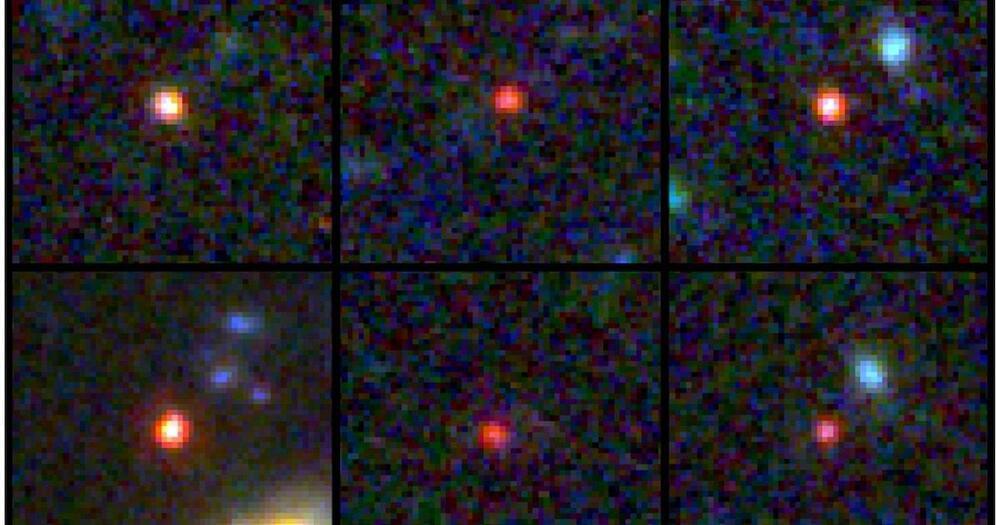Event horizon should interact with quantum states.


Julian Barbour, physicist, talks the illusion of time, the origin of the universe, and what is reality. He also discusses his newest book, “The Janus Point: A New Theory of Time,” which makes the radical argument that the growth of order drives the passage of time — and shapes the destiny of the universe.
Read “The Janus Point”: https://www.basicbooks.com/titles/julian-barbour/the-janus-point/9780465095469/
Julian Barbour’s Website: http://www.platonia.com/
Julian Barbour is a physicist with research interests in quantum gravity and the history of science. Since receiving his PhD degree on the foundations of Albert Einstein’s general theory of relativity at the University of Cologne in 1968, Barbour has supported himself and his family without an academic position, as an author and translator.
Watch more Closer To Truth interviews with Julian Barbour: https://bit.ly/3eIW96E
Register for free at closertotruth.com for subscriber-only exclusives: http://bit.ly/2GXmFsP
Closer to Truth presents the world’s greatest thinkers exploring humanity’s deepest questions. Discover fundamental issues of existence. Engage new and diverse ways of thinking. Appreciate intense debates. Share your own opinions. Seek your own answers.

Right now, in the center of our galaxy, an enormous black hole is stretching an object apart like it were taffy. And scientists currently have a rare view, and images, of this extreme cosmic event playing out. A thick cloud of gas and dust dubbed “X7” is rapidly approaching the supermassive black hole Sagittarius A*.
The Big Bang is the name we have given to the moment at which the Universe began. While the idea is well known, it is often badly misunderstood. Even people with a good grasp of science have misconceptions about it. For instance, a common question is, “Where did the Big Bang happen?” And the answer to that question is a surprising one. So, let’s dive into it and try to understand where the misunderstanding arises.
When people are told of the Big Bang, they are commonly told that “all of the mass of the universe was packed into a point with zero volume called a singularity.” The singularity then “exploded,” expanding and cooling and eventually resulting in the Universe we see today. People draw from their own experience and analogize the Big Bang with something like a firecracker or a grenade — an object that sits in a location, then explodes, dispersing debris into existing space. This is a completely natural and reasonable mental image. It is also completely wrong.
The theory that describes the Big Bang is Einstein’s general theory of relativity. In it, Einstein describes gravity as the very shape of space as it bends and stretches. Near a star or planet, space is distorted; far from any celestial body, space is flat. If space is malleable, as the theory says it is, it can also be compressed or stretched.
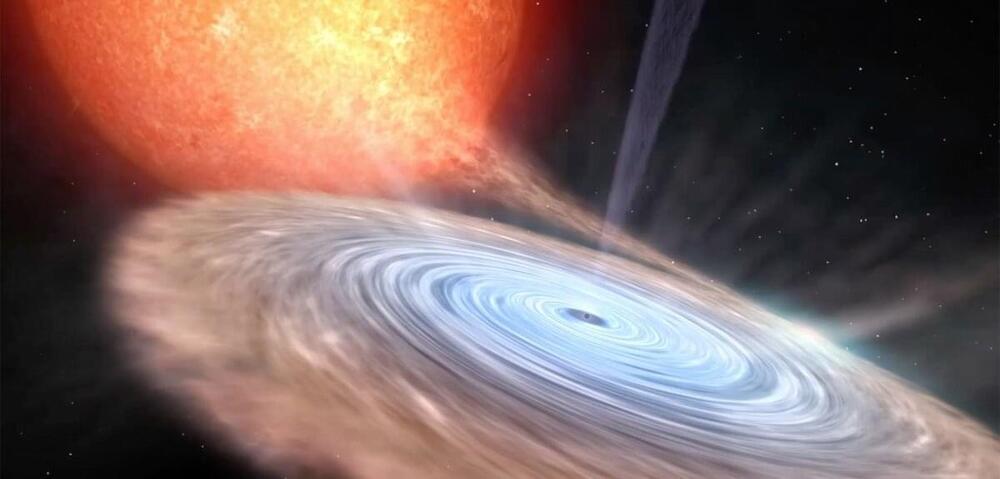
Researchers from the University of Oxford have contributed to a major international study which has captured a rare and fascinating space phenomenon: binary star systems. The study, “A shared accretion instability for black holes and neutron stars,” has been published in Nature.
Scientists have long been intrigued by X-ray binary star systems, where two stars orbit around each other with one of the two stars being either a black hole or a neutron star. Both black holes and neutron stars are created in supernova explosions and are very dense—giving them a massive gravitational pull. This makes them capable of capturing the outer layers of the normal star that orbits around it in the binary system, seen as a rotating disk of matter (mimicking a whirlpool) around the black hole/neutron star.
According to theoretical calculations, these rotating disks should show a dynamic instability: about once an hour, the inner parts of the disk rapidly fall onto the black hole/neutron star, after which these inner regions re-fill and the process repeats. Up to now, this violent and extreme process had only been directly observed once, in a black hole binary system. For the first time, it has now been seen in a neutron star binary system, called Swift J1858.6–0814. This discovery demonstrates that this instability is a general property of these disks (and not caused by the presence of a black hole).
Claim your SPECIAL OFFER for MagellanTV here: https://try.magellantv.com/arvinash Start your free trial TODAY so you can watch The Most Powerful Black Holes in the Universe” about the extremes of time and space, and the rest of MagellanTV’s science collection: https://www.magellantv.com/watch/the-most-powerful-black-hol…niverse-4k.
REFERENCES
The Tempest by Peter Cawdron: https://tinyurl.com/2ep4uzvs.
Inside Black Holes: https://youtu.be/iUr8Obv_DeA
How Black Holes form: https://youtu.be/7xCgnMqIgPI
How Stable orbits form around Black Holes: https://tinyurl.com/2klz9mfd.
CHAPTERS
0:00 Karl Schwarzschild theorizes black holes.
1:58 Inspiration for this video.
3:16 How black holes form.
5:28 What is the Event Horizon?
7:25 How Time flows near & inside a black hole.
9:57 How can Black Holes be so bright if no light escapes?
11:34 How do we detect black holes if we can’t see them?
12:29 Can life form on a planet orbiting a black hole?
14:59 How long do black holes last?
SUMMARY
Karl Schwarzschild crafted the first exact solution to Einstein’s equations of general relativity. He found that as gravity increased around an object, there must be a point where even light could not escape. He theorized black holes.
Stars are in a balance between gravity trying to collapse it inward, and energy of fusion in its core which pushes outward. But when large stars run out of fuel, gravity causes it to collapse. If the star is massive enough, this results in a supernova. A black hole remains in the center of the debris, if the collapsed core has a mass of 2 to 3 times the mass of our sun.
In a Black Hole, General relativity says all its mass is collapsed into an infinitesimally small volume, called a singularity. A singularity has all its mass in zero volume of space, thus it has infinite density. But infinities usually mean errors in math, so singularities may not be real.
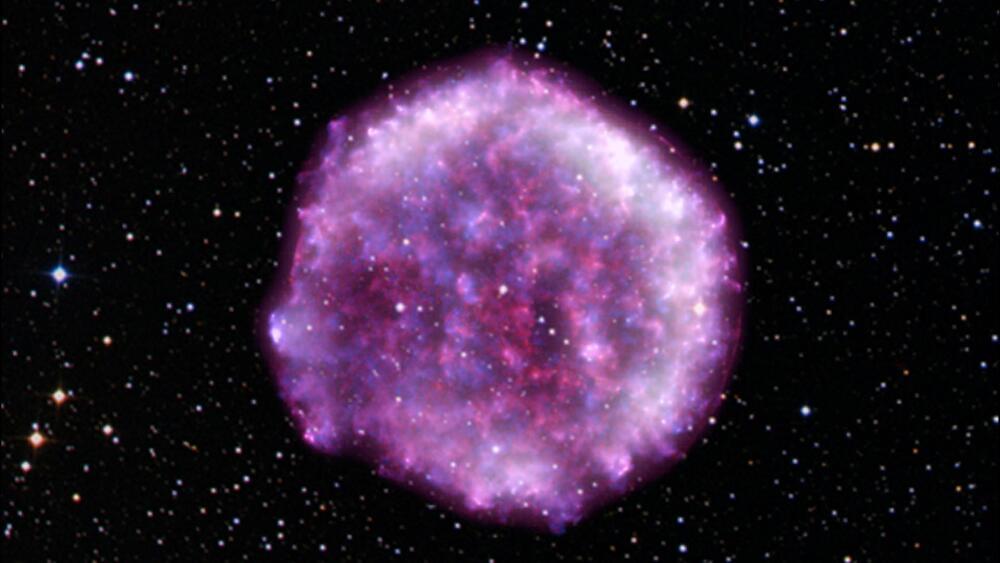
The supernova is so old that it is believed to have been described in a passage of Shakespeare’s “Hamlet.”
A group of scientists has shed new light on a star that exploded in a supernova more than 450 years ago, blasting particles out into space at close to the speed of light.
Now, astronomers have used NASA’s Imaging X-ray Polarimetry to study the incredibly long-lasting aftereffects of the supernova called Tycho.
NASA/ASI/MSFC/INAF/R. Ferrazzoli, et al.
The Tycho supernova blast released as much energy as the Sun would emit over ten billion years, NASA pointed out in a statement. The blast was visible to many humans on Earth way back in 1572.
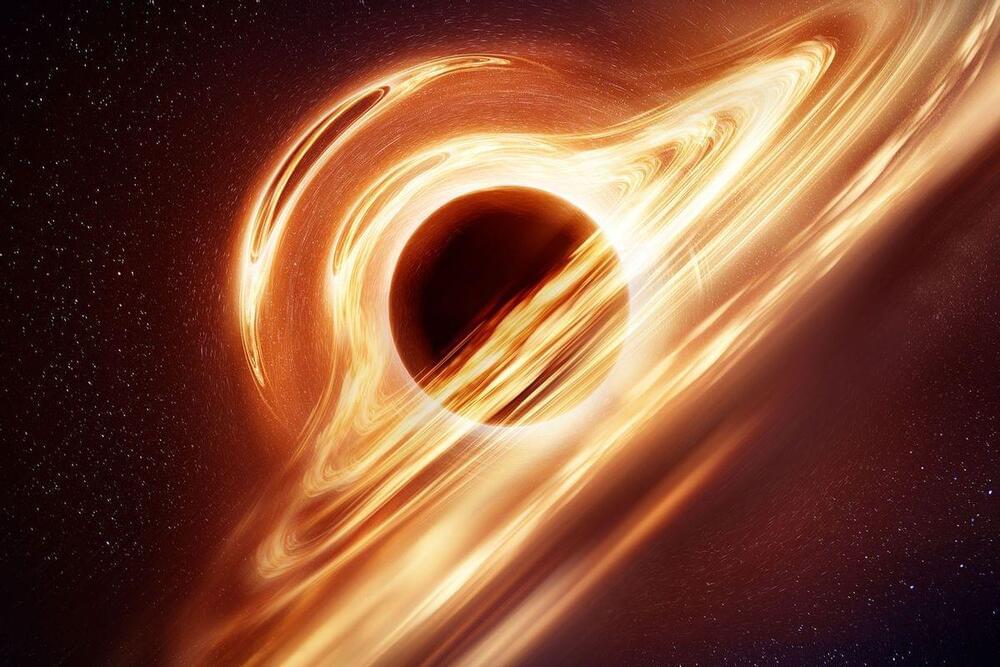
For the last 50 years, astronomers have speculated that some supermassive black holes might “run away” from their home galaxies given the right conditions. Now, astronomers believe they have discovered a strong candidate for a supermassive black hole that has done just that, according to new research published on the preprint server arXiv.org, which has been accepted for publication in The Astrophysical Journal.
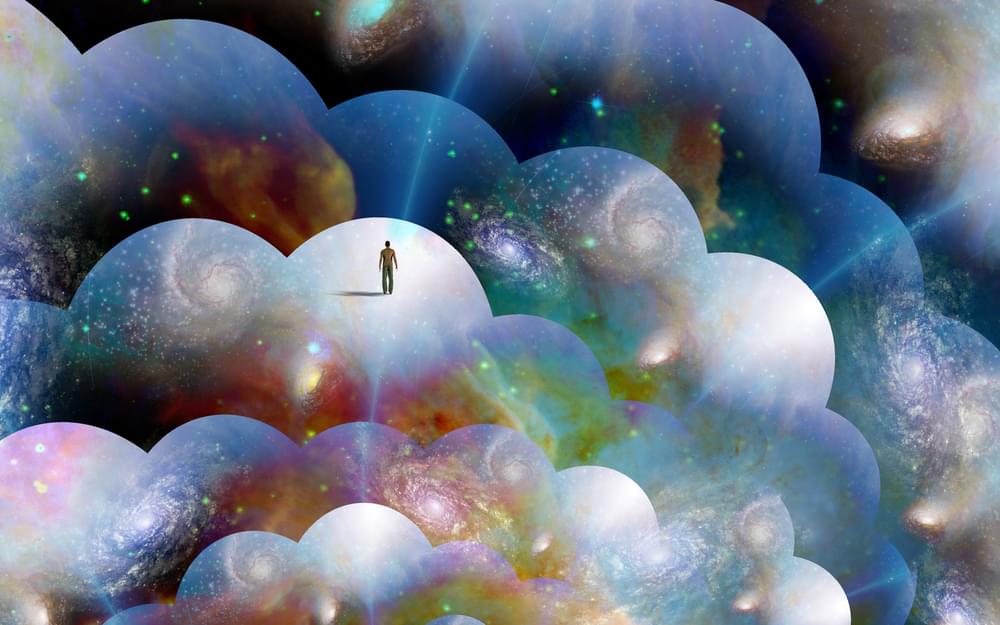
One of the great questions for humanity is whether we are alone in the universe. Indeed, astrobiologists appear tantalizingly close to being able to spot the signs of life on other Earths — should it exist elsewhere — using modern observatories such as the James Webb Space Telescope.
Now a group of astronomers have taken this question further by asking whether life could exist in other universes. In other words, they want to know whether we are alone in the multiverse. And they have developed a way to explore this question by considering the range of conditions that might exist in other universes.
The question comes about because the fundamental constants that govern physical laws have values that seem perfectly arranged to allow life to emerge.
